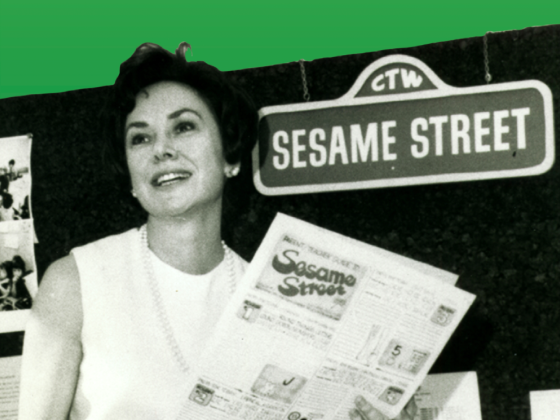
5 Time-Tested Lessons Media Makers And Educators Can Learn From Sesame Street’s Creators
Stephen M. Youngwood, CEO of Sesame Workshop.
Sep 19, 2022,07:00am EDT
Early education, technology, and children’s media are three fields that have changed dramatically over the last 50 years, right? Yes and no. The science of early childhood development has evolved, and advances in technology have allowed families to access content in myriad new ways. But at the core are lessons that Joan Ganz Cooney and Lloyd Morrisett, the founders of Sesame Workshop and the creators of Sesame Street, were among the first to crystallize.
What they created 53 years ago had not been done before. TV was still the newest technology, and by leveraging its power and reach, Joan and Lloyd founded what could be called the first educational technology organization in an industry where skyrocketing venture capital investment reached $20.8 billion in 2021.
Today, children face challenges our founders could never have imagined: a global pandemic that disrupted school, mental health crisis among U.S. children, and more children displaced from their homes than at any time since World War II. It has never been more important that we invest in the next generation. So, what can media makers and educators learn from these two pioneers?
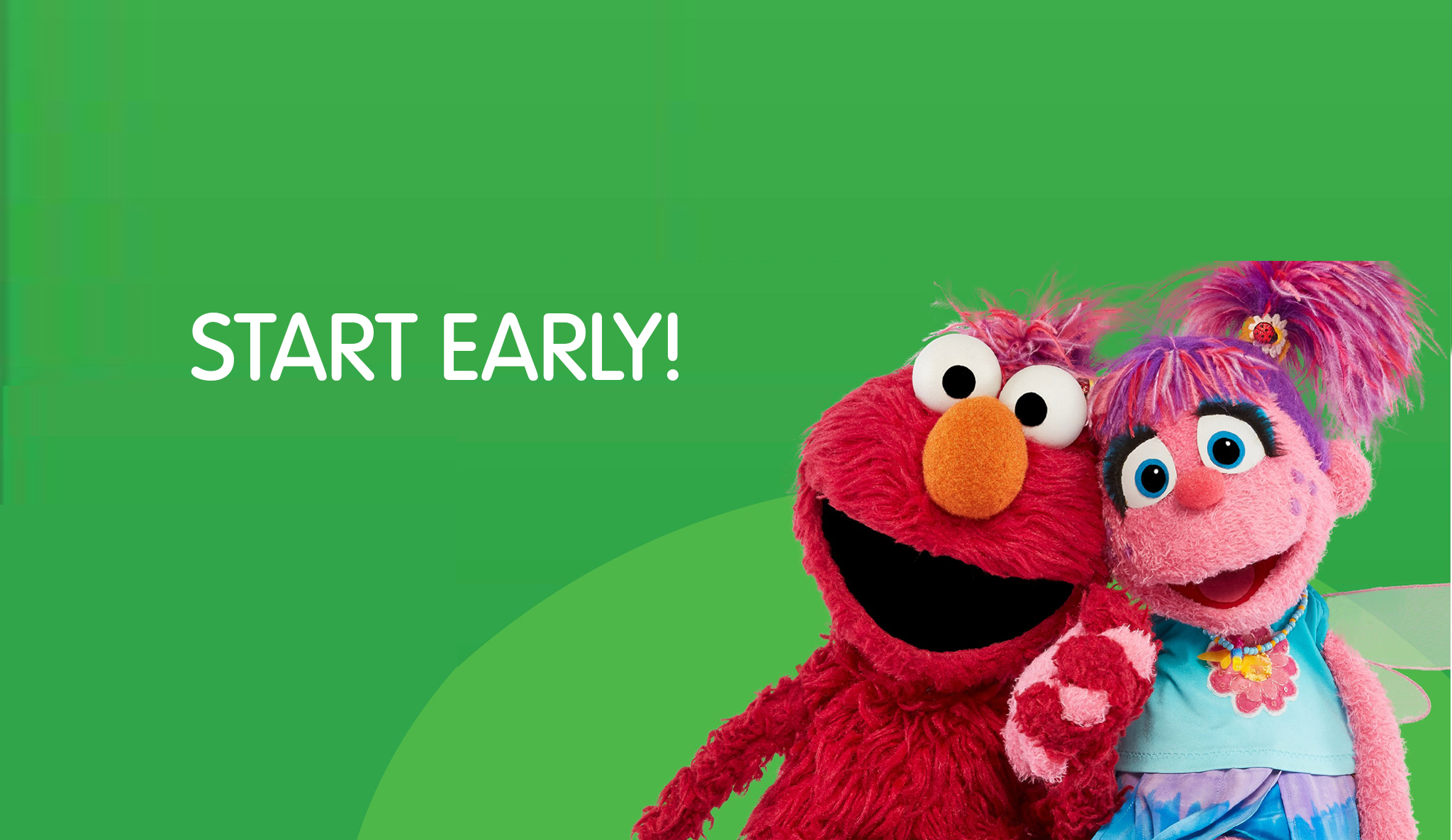
First, start early. Joan and Lloyd believed that the earlier we start teaching children, the greater the outcome. They could not have known how prescient that thinking was or that early education would prove to have a powerful impact on future education, future earnings, and even future health.
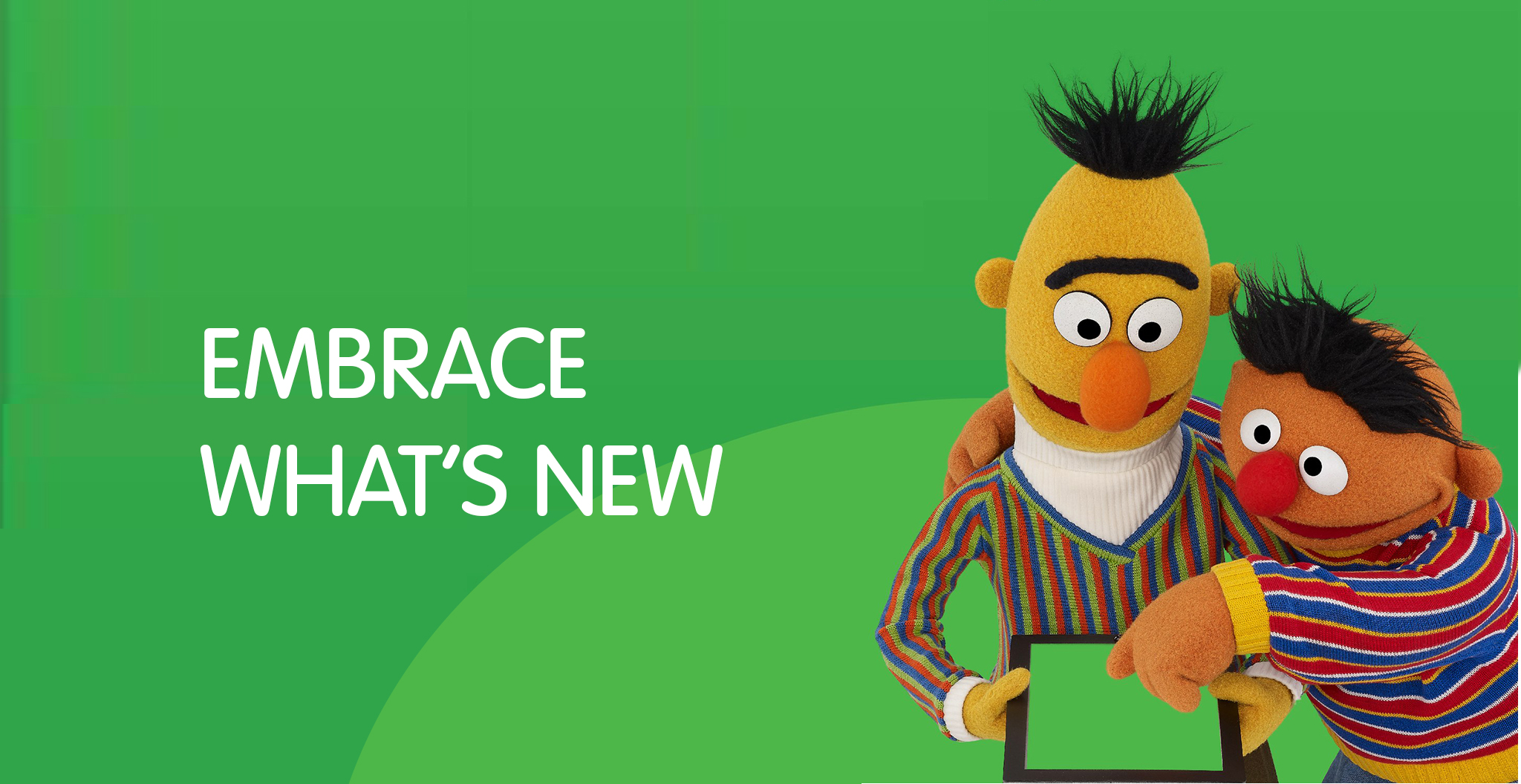
Second, leverage new technology. Joan and Lloyd knew that we can’t teach if we don’t reach — and they surmised that technology would be invaluable to making learning scalable and accessible. Putting tech to work can have a massive payoff for kids, provided you stay on top of where and how they interact with content so that you can meet them wherever they are.
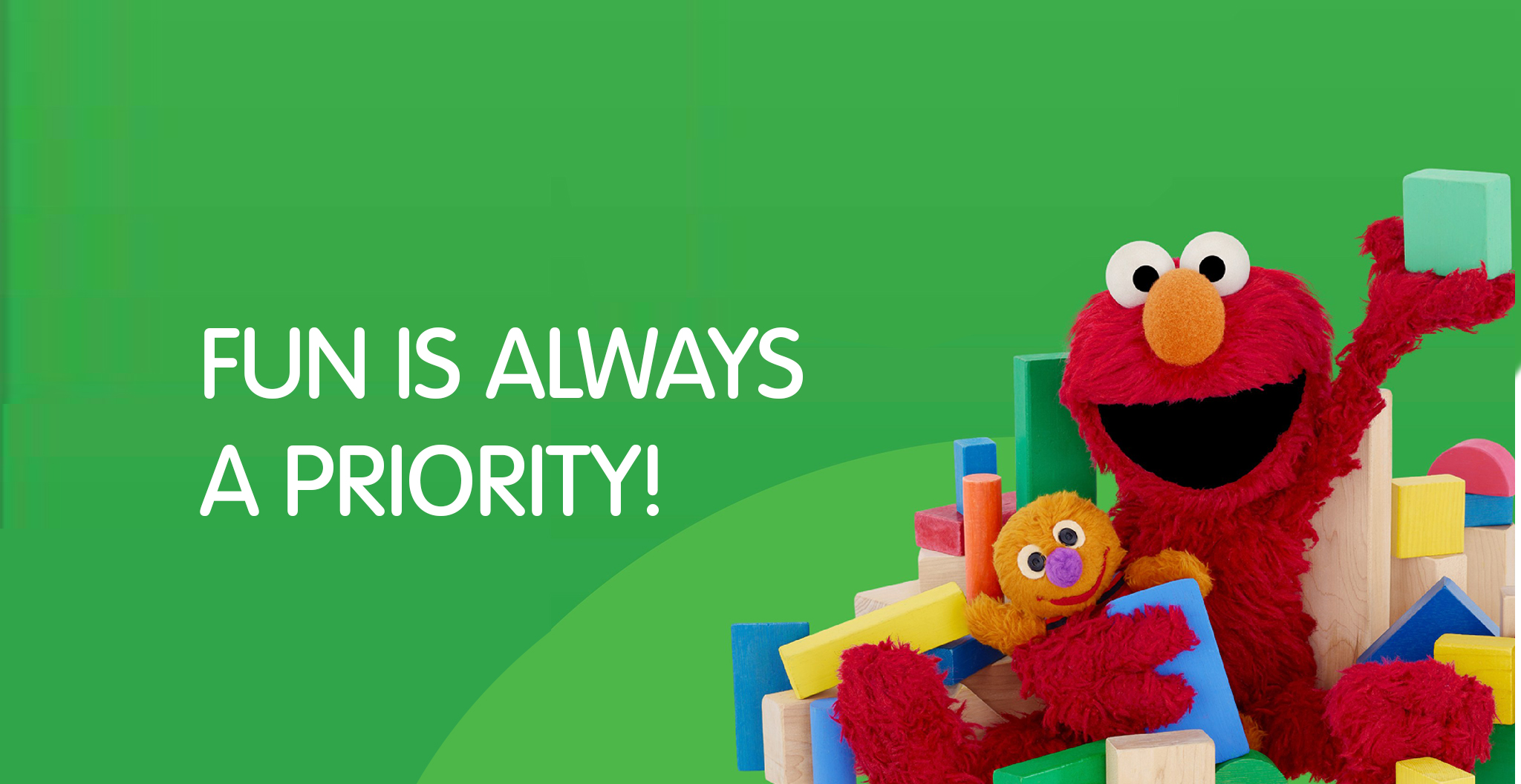
Third, make learning fun. Joan and Lloyd felt that creativity is crucial to making content engaging and that learning is more indelible when it’s fun. That’s why they enlisted Jim Henson, who created the loveable, playful, and heartfelt characters we all know today.
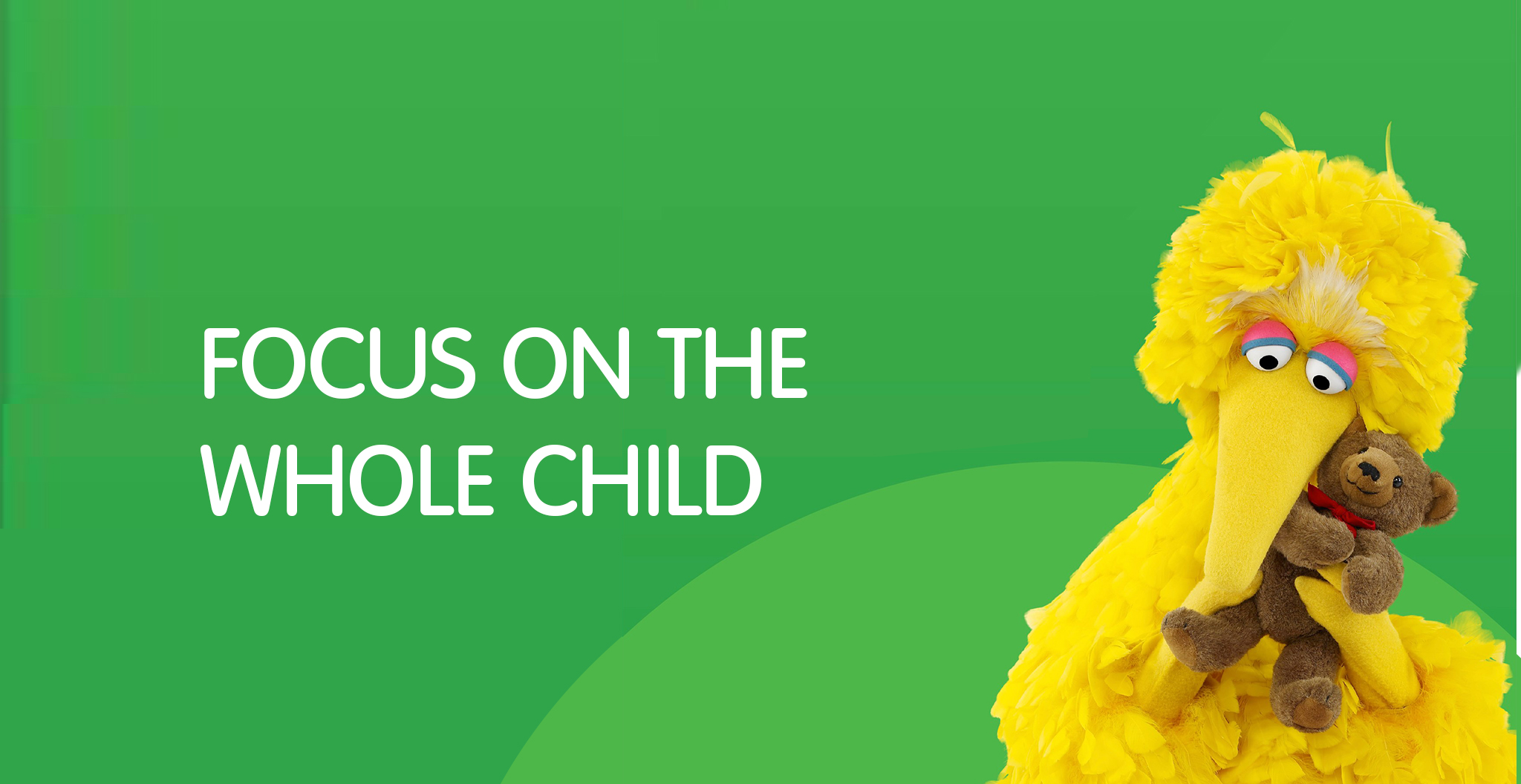
Fourth, focus on the whole child. Joan and Lloyd understood inherently that education must be about more than letters and numbers — that teaching kids how to learn can be as important as what they learn. They also knew that social and emotional skills like self-expression, regulating emotions, empathy, and friendship are critical, as is inspiring kids to be confident about every unique aspect of who they are — from the color of their skin to the language they speak.

Fifth, invite grown-ups. Celebrity, musical, and comedic elements offer entry points for all ages. Sesame Street deliberately invites parents and caregivers to watch the show alongside their children, believing that co-viewing leads to deeper learning.
Joan and Lloyd’s vision and their work have inspired countless others to focus on early childhood and create media that leverages technology and delivers meaningful outcomes for kids. As CEO of Sesame Workshop, I feel the responsibility every day to take their lessons to the next level: to reach even more children, help them become smarter, stronger, and kinder, and prepare them to thrive not just in school but in life.
So, what does it mean to apply these lessons today?
Starting early, making learning fun, and prioritizing family engagement are part of Sesame Street’s DNA, and the theories that Joan and Lloyd embraced have been proven many times over. Nobel Laureate James Heckman found that investing in high-quality birth-to-five programs can deliver an estimated 13% per year return on investment through improved education, health, and economic outcomes. Early interventions like Head Start and other preschool programs are linked to increases in high school graduation rates of up to 20% and up to a 15% greater likelihood that a student completes higher education.
To capture the interest of young children today and have the greatest impact, you must get the attention and trust of their caregivers — not simply as gatekeepers, but because engaging together has indeed been shown to enhance understanding.
The universal languages of music and humor can unite generations, which is why we rely on musicians and humorists to write and score segments that might seem “simple” but actually use researched protocols to resonate on multiple levels. So, my advice to other media makers and educators is to use a musical hook or humorous twist to deliver lessons that last. Using celebrity talent is another effective way to invite caregivers to sanction content. Kids don’t need Billie Eilish to help them learn to count, but she helps.
While it cannot replace teachers and parents, technology is more important than ever. When Sesame Street debuted in 1969, there was just one platform with few channels. One reason the show reached so many kids is that it was the only way to do so. Now, the media environment is fragmented, and meeting kids and parents where they are means streaming and being on platforms like YouTube, TikTok, WhatsApp, and whatever comes next. You can still accomplish a great deal with mass media, but today, you also can reach different audiences with one-to-one technologies and personalized interactive apps.
Focusing on the whole child looks different today, too, with varying global crises creating new barriers to learning. So while you’re teaching kids skills like literacy and numeracy, make sure to also emphasize emotional skills, such as the “emotional ABCs” of identifying and managing big feelings. These skills form a crucial developmental foundation for young children, especially those who have experienced conflict and crisis.
Today, kids and parents everywhere are coping with uncertainty and barriers to early learning. Children’s media has a role to play in delivering quality early learning that takes a holistic approach to help families manage the challenges of today and prepare for those of tomorrow. If we follow Joan and Lloyd’s example, it is more than an opportunity — it’s a responsibility.
This article originally appeared on Forbes.com.
